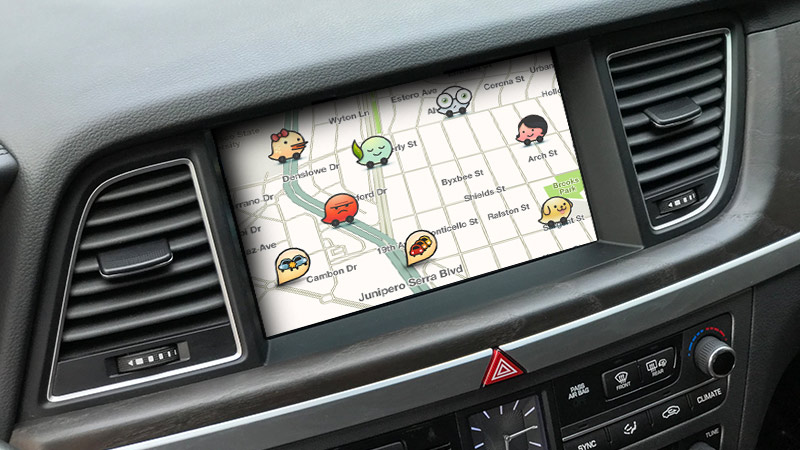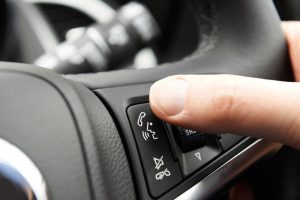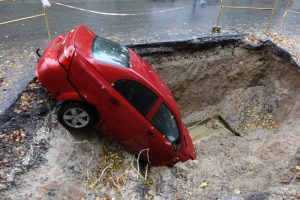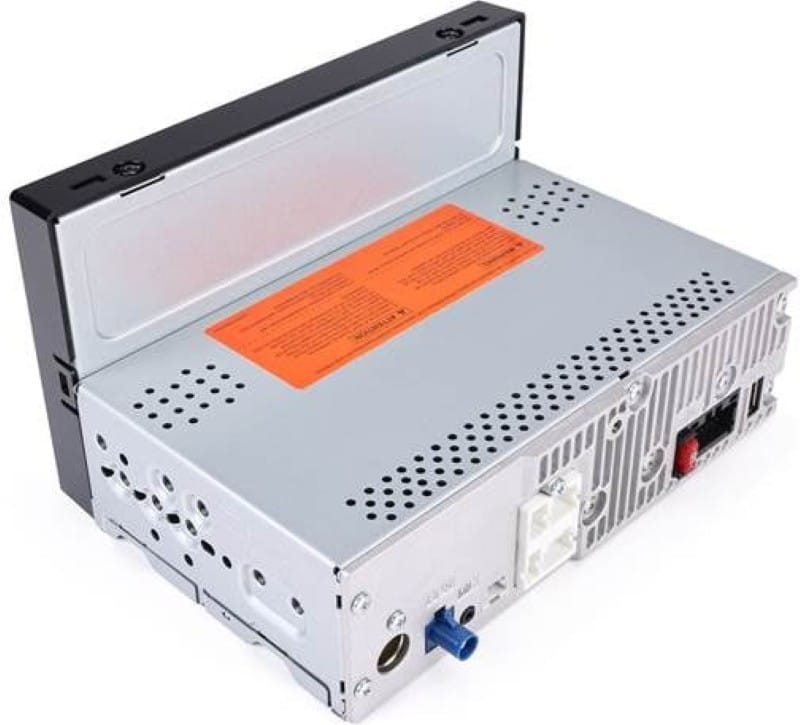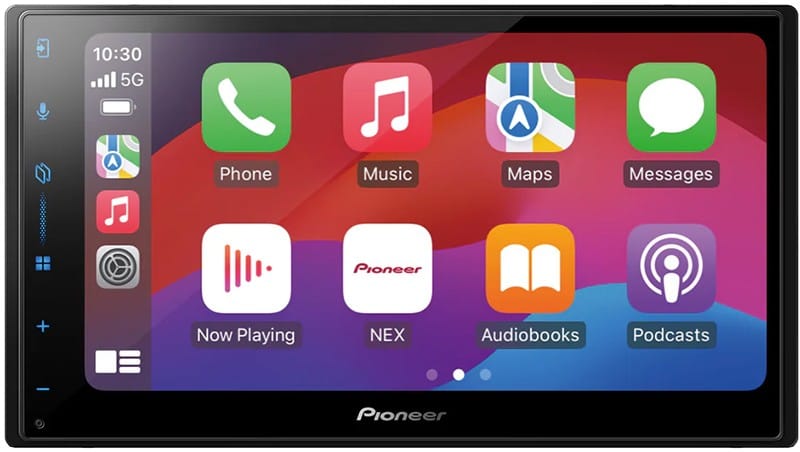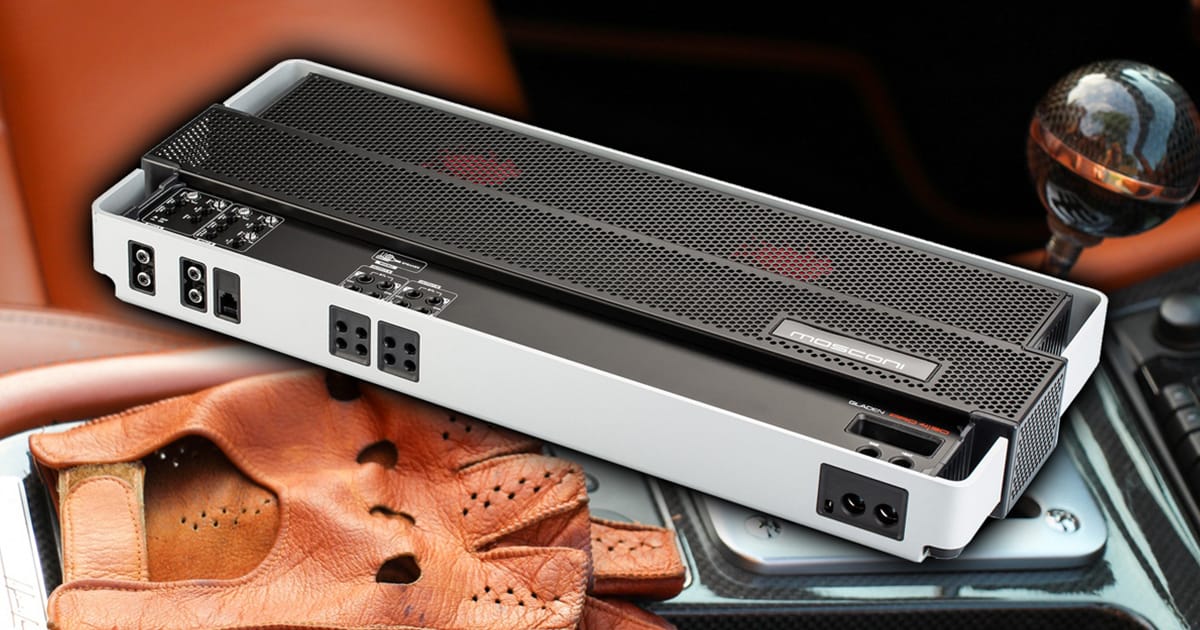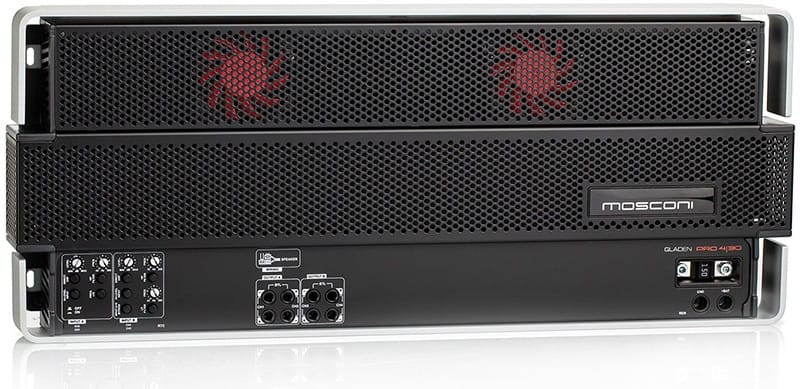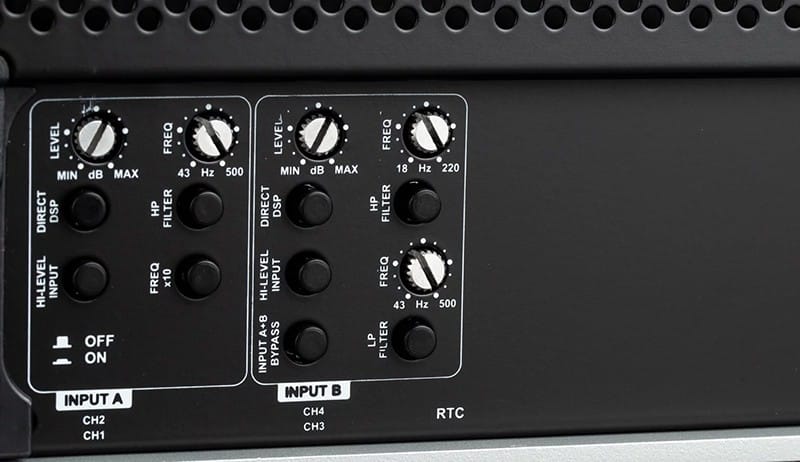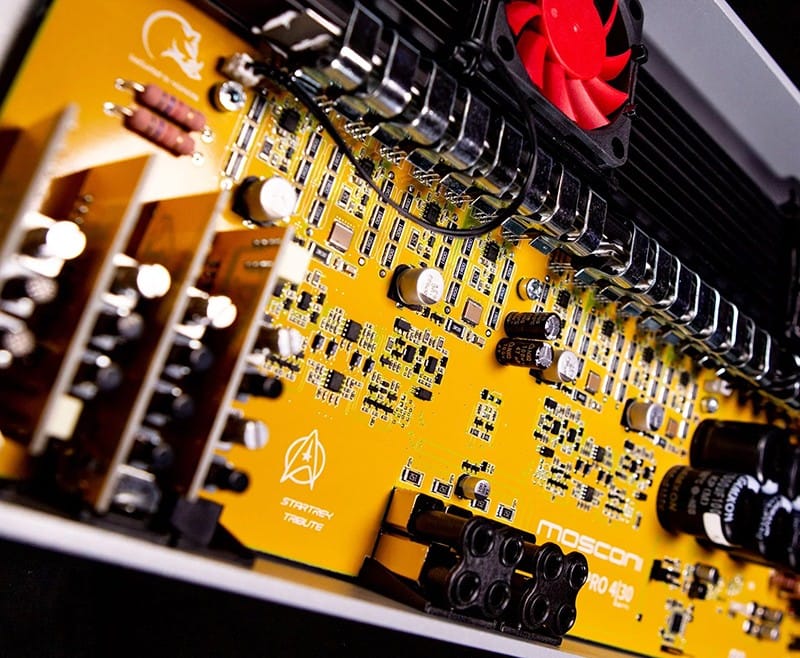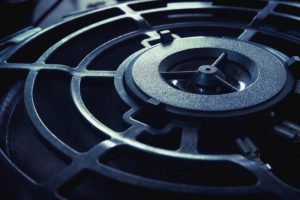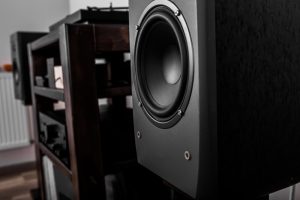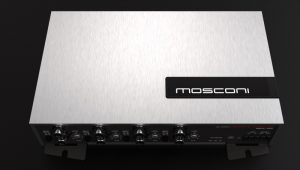There are dozens of companies manufacturing marine-grade speakers. That certainly doesn’t mean that all the speakers sound good and have equivalent performance. KICKER, a company known for developing car audio, powersports and marine audio solutions, recently launched their M-Class Premium Series of marine products. This spotlight will look at the MSC65 6.5-inch coaxial speaker from this high-end family. Let’s check it out!
MSC65 Specifications
The KICKER MSC65 speakers have a published frequency response of 55 Hz to 25 kHz with an efficiency of 89 dB at 1W/1M. Recommended amplifier power is 15 to 100 watts, while peak power handling is 200 watts. The mounting requirements are a 5-7/16” hole with 3-9/16” of depth behind them.
Features of the KICKER MSC65
The MSC65 is a 6.5-inch coaxial that’s designed around a glass-filled nylon chassis. The chassis provides a stable platform for the magnet and moving assembly. At the heart of the speaker is a carbon-fiber-infused polypropylene woofer cone. A Santoprene synthetic rubber surround provides a compliant connection at the top edge of the cone that will last for many years.
For a tweeter, each speaker uses a textile material called Teteron to provide smooth, audiophile-grade performance. The tweeters have a diameter of 28mm (1.1 inches), so they can play low enough to prevent the woofers from becoming directional. The speakers use an integrated -12 dB/octave passive crossover at 3.2 kHz, which helps to ensure smooth and natural sound.
A perforated metal mesh grille protects the tweeters. An eight-spoke grille above the woofer cone supports the whole assembly. This eliminates the need for a pole piece, thereby increasing the woofer’s cone area to improve efficiency and bass production. Each pair of speakers includes both the white and charcoal grilles.
Electrical connections for the speaker are made via two-position Deutsch-style connectors to ensure a reliable, water-resistant connection. The speakers feature RGBW LED illumination, which lights up the cone from an LED strip wrapped around the tweeter’s neodymium magnet. The optional KMLC LED Lighting Remote controller can control the five-wire lighting system. Alternatively, the lighting can be hard-wired to a specific color to match your boat.
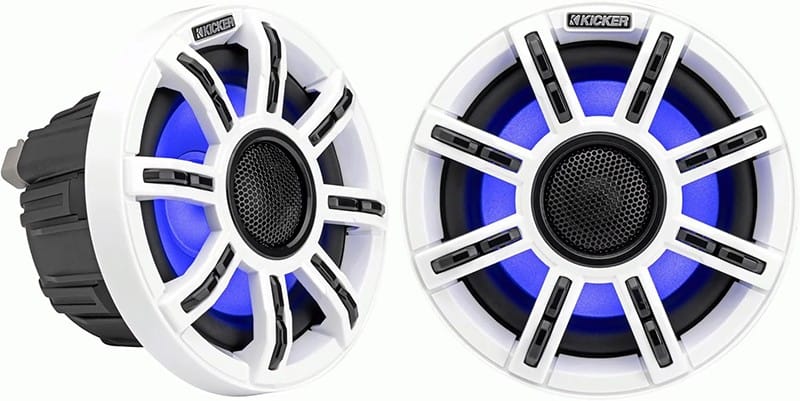
Real Marine™ Products
KICKER has invested significant resources into ensuring the entire series of M-CLASS products is up to the toughest challenges Mother Nature can dish out. All the speakers and subwoofers are tested for resistance to corrosion from salt under the ASTM B117 standard. They are also tested for colorfastness and resistance to chalking or fading due to prolonged UV exposure under the ASTM G154 standard. Finally, they have an IPX66 water-resistance rating thanks to integrated mounting gaskets on the backs of all the speakers. You can be confident that your purchase from KICKER will last for many years.
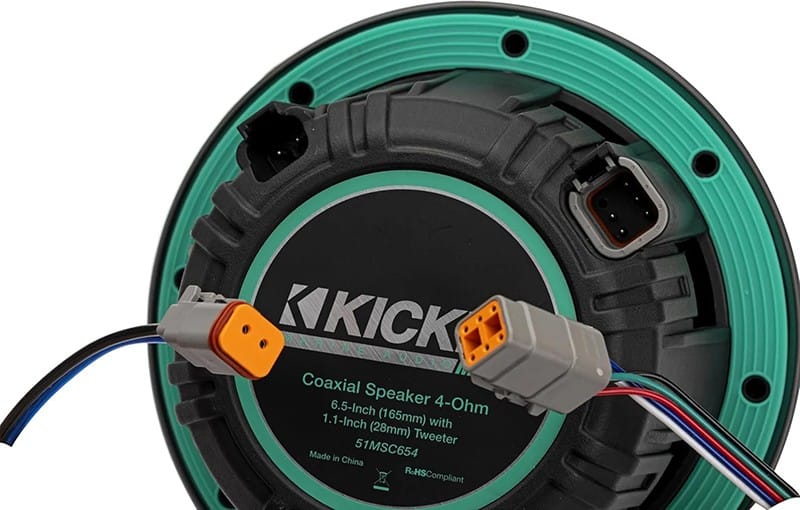
Other KICKER M-Class Solutions
Aside from the MSC65 6.5-inch coaxial speakers, the M-Class line includes 8-inch coax speakers along with 6.5 and 8-inch component speaker sets. The series includes 10 and 12-inch subwoofers designed for compact enclosures or infinite baffle applications. There is also a compact marine-grade subwoofer enclosure with a 10-inch subwoofer and a matching 10-inch reFLEX passive radiator to improve low-frequency efficiency.
Upgrade Your Boat with KICKER M-Class Speakers and Subwoofers Today!
If the sound system on your boat doesn’t put a smile on your face when you turn up the volume, drop by an authorized KICKER retailer today and ask them about the amazing new M-Class marine audio products like the MSC65. You can find an authorized dealer using the locator tool on their website. For more information on KICKER marine, powersports and car audio products, be sure to follow them on Facebook, Instagram, and of course, their amazing YouTube channel.
This article is written and produced by the team at www.BestCarAudio.com. Reproduction or use of any kind is prohibited without the express written permission of 1sixty8 media.

